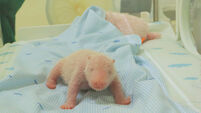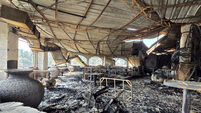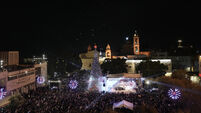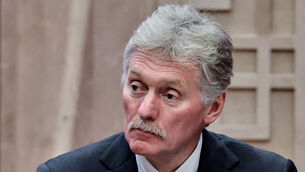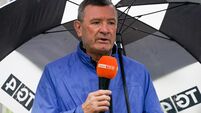Branson to unveil spaceship
The world’s first commercial passenger spaceship, funded by Virgin boss Richard Branson, will be unveiled today.
SpaceShipTwo, to be put on show in America’s Mojave Desert, is a joint effort between Sir Richard and famed aviation designer Burt Rutan, the brains behind the venture.







